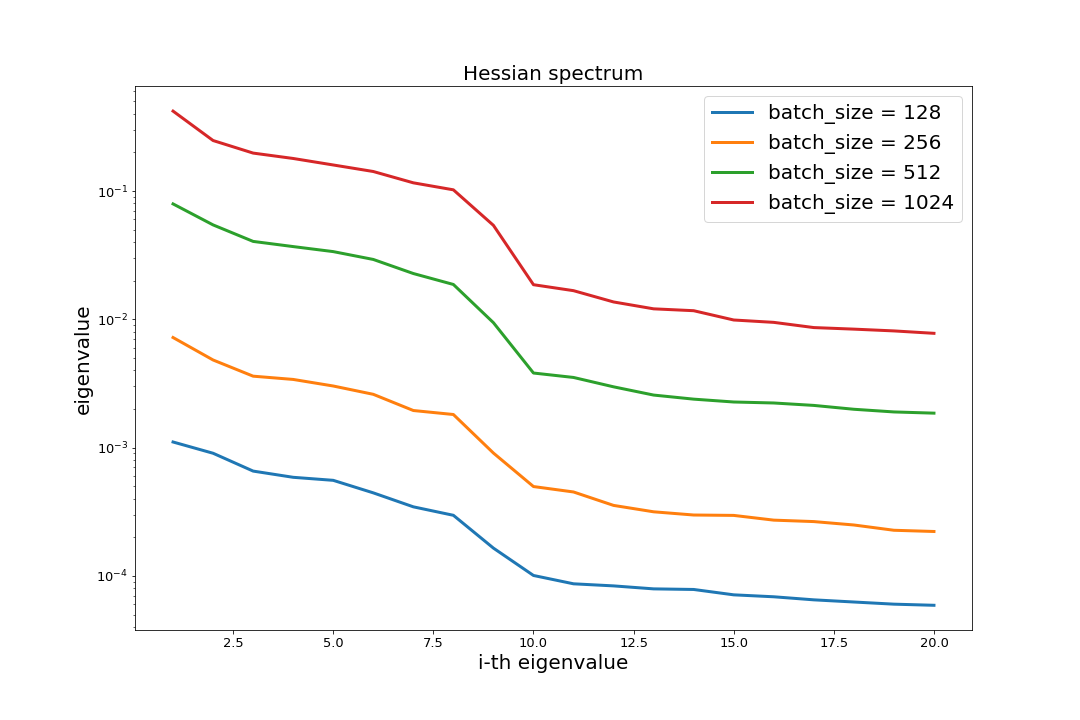Hessian-based Analysis of Large Batch Training and Robustness to Adversaries
Large batch size training of Neural Networks has been shown to incur accuracy loss when trained with the current methods. The exact underlying reasons for this are still not completely understood. Here, we study large batch size training through the lens of the Hessian operator and robust optimization. In particular, we perform a Hessian based study to analyze exactly how the landscape of the loss function changes when training with large batch size. We compute the true Hessian spectrum, without approximation, by back-propagating the second derivative. Extensive experiments on multiple networks show that saddle-points are not the cause for generalization gap of large batch size training, and the results consistently show that large batch converges to points with noticeably higher Hessian spectrum. Furthermore, we show that robust training allows one to favor flat areas, as points with large Hessian spectrum show poor robustness to adversarial perturbation. We further study this relationship, and provide empirical and theoretical proof that the inner loop for robust training is a saddle-free optimization problem \textit{almost everywhere}. We present detailed experiments with five different network architectures, including a residual network, tested on MNIST, CIFAR-10, and CIFAR-100 datasets. We have open sourced our method which can be accessed at [1].
PDF Abstract NeurIPS 2018 PDF NeurIPS 2018 Abstract
